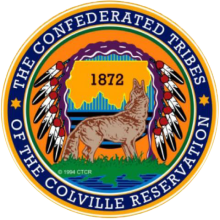Powering Up With BrightRidge in Johnson City, Tennessee - Episode 542 of the Community Broadband Bits Podcast

This week on the show, Christopher is joined by Stacy Evans, Chief Broadband and Technology Officer at BrightRidge, the municipal network for Johnson City, Tennessee. When last we spoke, the electric utility-powered network had just passed its first dozen homes. Three and a half years later, the municipal network has passed more than 10,000 premises. It returns more than $5 million per year to local goverment via payments in lieu of taxes (PILOT) (not to mention keeping electric prices low), and has driven both of the incumbent providers to increase speeds and lower prices. Christopher and Stacy talk about the value that's returned to the region, and how BrightRidge is only gaining steam - it's two years ahead of its build schedule, and using grants and Rescue Plan funds to reach thousands of households not accounted for in the original design, ensuring that as many people will get access to affordable, locally owned fiber as quickly as possible.
This show is 32 minutes long and can be played on this page or via Apple Podcasts or the tool of your choice using this feed.
Transcript below.
We want your feedback and suggestions for the show-please e-mail us or leave a comment below.
Listen to other episodes here or view all episodes in our index. See other podcasts from the Institute for Local Self-Reliance here.
Thanks to Arne Huseby for the music. The song is Warm Duck Shuffle and is licensed under a Creative Commons Attribution (3.0) license.


